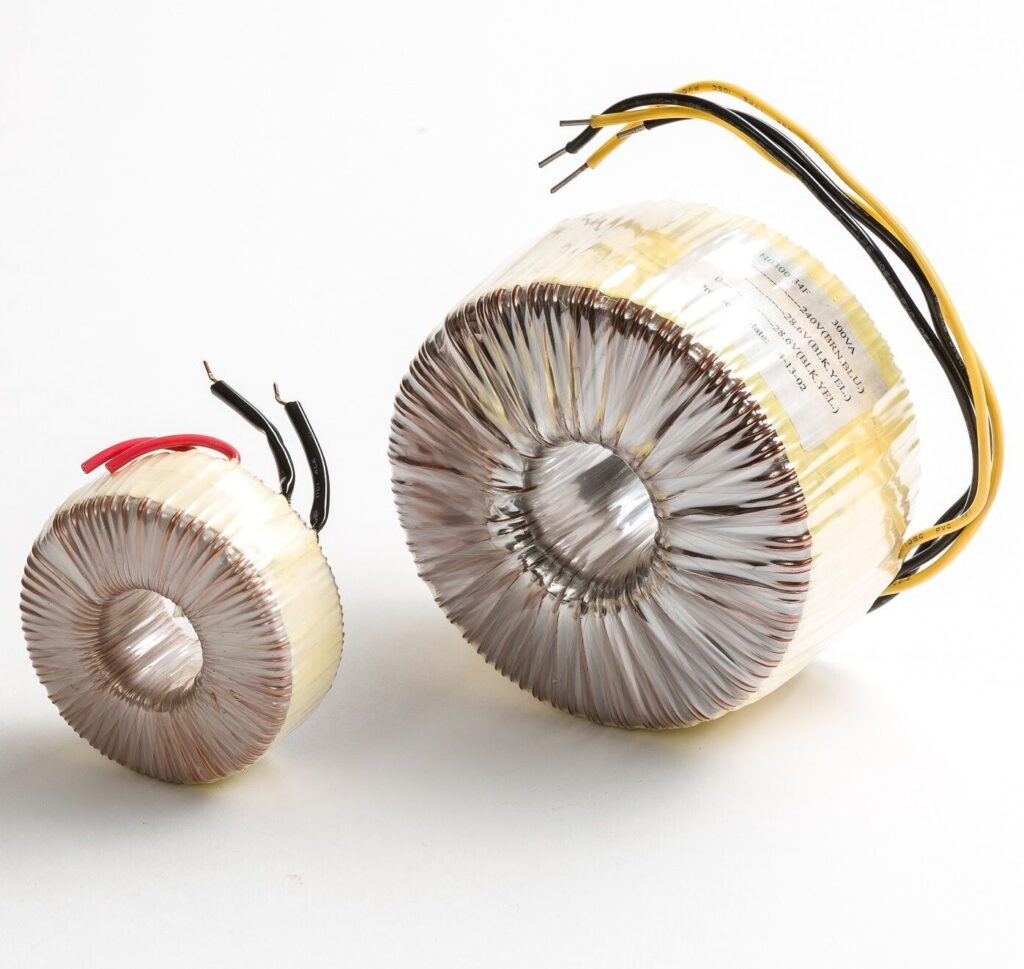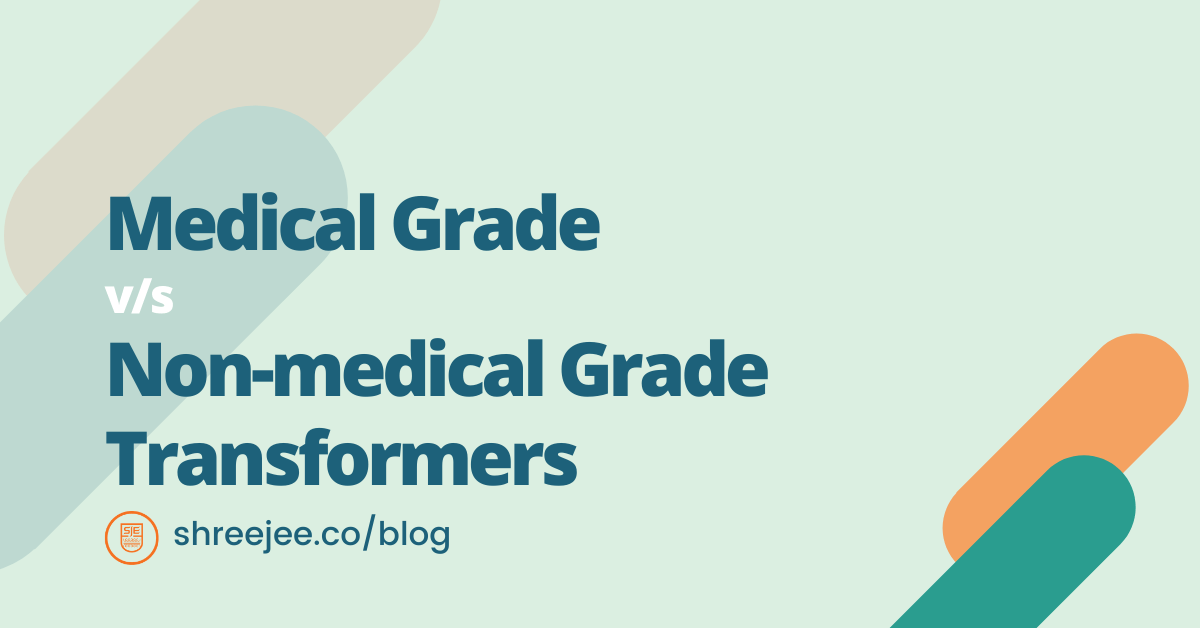Have you ever asked the question, “What is the difference between medical-grade transformers and non-medical grade transformers?”
Medical Grade Transformers are almost exclusively isolation transformers that satisfy many safety guidelines and rules beyond the requirements needed for transformers that are not medical-graded. They are designed to isolate the patient and the operator from an electric shock and protect the equipment from power surges or faulty components.
For the patient’s safety in hospitals, the electrical supply line should completely isolate all diagnostic or therapeutic medical equipment (medical electrical devices and non-medical electrical devices in the patient’s environment and areas for medical use) using strengthened isolation. Medical-grade isolation transformers assure the safety of the patient and operator.
- Very low leakage current (IEC 60601-1)
- Minimums on creepage distance and air clearance
- Maximum temperature rise
Advantages of medical-grade isolation transformers
- Reduction in safety testing time which allows faster-to-market times
- Very low leakage current design thus higher safety
- Compact size, reduced weight, and low power losses
- Strict adherence to internationally recognized safety standards
- Built-in thermal protections
Design considerations of isolation transformers
Medical grade isolation transformers use two design options to achieve isolation: safety ground and reinforced insulation.
- Safety Ground — Safety ground transformers utilize standard transformer isolation. A safety shield between the primary and secondary coils, with insulation between the shield and each coil, maintains leakage current maximums. The safety shield has to be thick to be able to meet required tests in the safety standard. If the isolation breaks, the electrical path goes directly to the ground, providing safety.
- Double/Reinforced Insulation — For a transformer that relies on double or reinforced insulation, there is no “safety” shield, but the insulation, as indicated by the name, is much thicker. It is designed so that all insulation layers can pass the thickness and high potential voltage tests required by the standard. If one insulation layer breaks, the next layer will be able to provide the necessary safety.

Medical Grade Isolation transformers are mostly used in a 1:1 ratio (the primary voltage rating equals the rated secondary voltage value). The two windings will have the same number of turns. There might be a slight difference in the number of turns to compensate for voltage drops; otherwise, the secondary voltage would be slightly less than the primary voltage.
- In both design options, the construction design must still meet the required creepage and clearance requirements. If the transformer includes a static shield for noise reduction, it is important to note that this shield does not provide the transformer with safety ground but instead works as a functional earth.
- When the shield is grounded, it attenuates the common-mode noise. It can reduce the leakage current from the primary to the secondary winding (please note that this leakage reduction is not the same as when measured primary to ground).
Typically, without extra mechanical barriers between the primary and shield and secondary, a transformer with double/reinforced insulation has a lower leakage current than the one with a safety shield.
The required dielectric strength of ≥ 4 kV for reinforced and double insulation is achieved using isolation tape and a screen winding between the primary and secondary windings. The required “general earth leakage current” of < 100 µA is also achieved.
As we already know, the windings for toroidal transformers must be wound through the center hole of the core, and the core is one piece; toroidal transformers can’t use bobbins, making manufacturing toroidal transformers more labor-intensive.
The continuous strip of steel used in the core allows the transformer to be smaller, lighter, more efficient, and quieter than an EI laminate. These qualities are highly desirable in medical electrical equipment (and many other applications) and justify the additional expense.
Shreejee Electronics manufactures medical-grade isolation transformers for 240/120/100 V, and 240/120 V rated for up to 3000 VA (standard range) and up to 15 kVA (custom designs). Shreejee’s isolation transformers offer reinforced safety for use in electronic medical devices. Our safety specifications are well within the recommended standards and adhere to the compliance guidelines as stipulated by IEC and UL safety standards.
